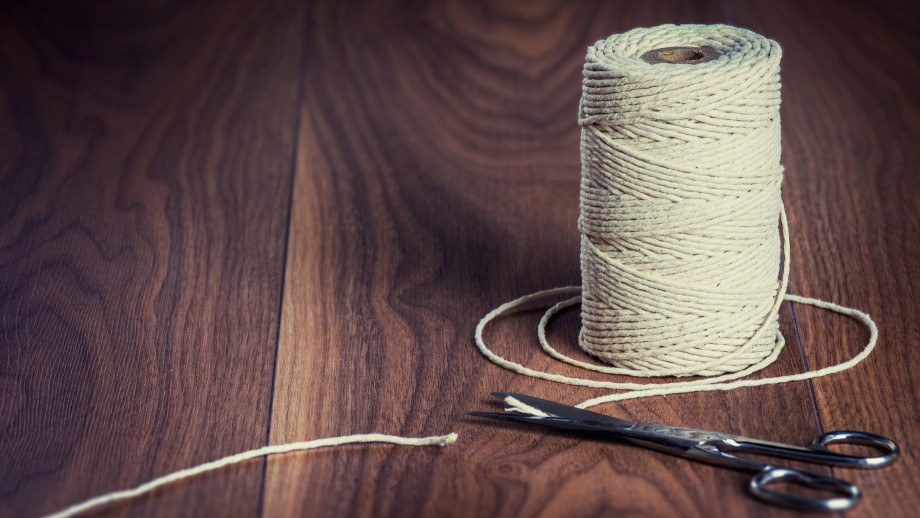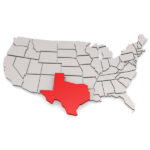How long is a piece of string? Trying to find a simple answer to the question “what is an average golf score?” fits firmly in the piece of string category. What do we mean? My average score? Tiger’s average? The average of all the golfers who play the game? Should we count just official competition rounds or every round played? How could we even get all this data, let alone process it? I thought it might be interesting to try to wade through all this and come to a few conclusions about score.
What Exactly is Average?
I would consider myself a fairly average golfer. I can shoot in the seventies but having a 90 isn’t out of the question. I would guess somewhere around 80 might be an average day on the course, depending on course rating and what side I got out of bed. And yet the statistics say I am in the upper echelons of golfers. The oft-quoted “fact” (though who knows where from) is that most golfers never break 100. I am clearly quite a bit better than this.
On the other hand, if I played with a golfer who isn’t even good enough to make money on a regional golf circuit in the UK or the USA, he would absolutely thrash me. It wouldn’t be anything close to a contest. Never mind what would happen if Rory McIlroy decided he wanted to give me a game!
Can you see the problem? Average is a very imprecise concept and covers a huge range in the world of golf. How can we possibly compare a tour pro and someone who plays once a year on the company golf day? The short answer is that of course we can’t. Even if we could take all the rounds played and average it all the number would be meaningless. I would guess that the sheer number of ‘once a year’ rounds would weight the average towards the less-skilled end of the spectrum and perhaps we might find that we had a number of 120 as the average score over all rounds played.
Based on this, you might conclude that if you average 110, you are an above average golfer and yet if you said this to most golfers, you would get a polite smile at best. Shooting 110 around an average course isn’t going to win you any gross competitions.
Course rating is also going to come heavily into play. For example, the other day I shot a tidy 6 over around a local course. I played well but not amazingly, just a regular round on this course. I certainly wasn’t cracking open the champagne. If I shot 6 over on Augusta National in Championship condition, I would be the happiest man in town! Same score, completely different conditions. In fact, I might be close to our fictional average of 120 than 76 if I really did play Augusta with the greens shaved to within an inch of their lives and crowds lining the tees.
The Beginner Average
Perhaps the only way to really make sense of averages, is to divide golfers up into groups. Let’s start with the non-regular golfer, the guy who plays now and again, certainly doesn’t follow the latest equipment news and would have no idea about blades vs cavity backs or different putter shapes. For this group, an honest 100 is a good score. It might not seem good, but if you made this man or woman putt out every ball, there would be a fair few three putts, at least a couple of hacks out of the bunker or rough and probably a lost ball or three. I would guess that an average round for this group is probably not far off 120.
If you are in this group, you have probably done fine if you are three over par per hole over the round (again, counting all the shots and respecting the rules of golf.) Here in France, a beginner will be given a handicap of 54 which corresponds to three over per hole and this fits in with our scoring logic.
The Mid-Handicap Golfer
For our next average, let’s look at the group of golfers who play at least semi-regularly. For the beginners, an average was meaningless really because variance can be huge. I have seen guys go from shooting par on one hole to 12 on the next and back again! For out mid-handicapper, scores can still very quite a bit but over time, we should be able to find a meaningful average score.
This group of golfers are those who are sitting anywhere from perhaps a double bogey player all the way down to a 15/18 handicap. They might be someone who plays daily (here’s looking at you, the retired community) to perhaps someone who is generally quite good naturally at sports and manages to keep a steady sort of level without playing more than once or twice a month, if that.
You can find all sorts of scores here, from that great round from the 15 handicapper where everything drops on the greens and there is a 75 on the card, to that horror round from our 30 handicapper where the ball just seems to be attracted to the out-of-bounds markers and the score edges north of 120. However, if we put a bell curve over all these rounds, I think the median would be somewhere perhaps just under 100.
This might seem high, but it is important to make a difference between a genuine strokeplay score and what we think we scored. As an example, many golfers in this group, when asked, will say they are perhaps “80s shooters.” This is true for some, some of the time. Of course, there might be a Mulligan in there somewhere, or a few friendly gimmes from 3 to 4 feet, or a pick up on one hole and ‘Let’s call it a double…” etc.
I am not saying these golfers are cheating, after all we are talking about mainly friendly rounds here, simply that most of us have only an approximate idea of real score. In much the same way as we over-estimate distance, we tend to under-estimate score. If you play a few rounds counting every shot, no gimmes and respecting all the rules of golf, scores go up, it is a fact of life.
The Better Golfer
The next group of golfers is what we might call the better golfer. These are everyone from the scratch player up to the low teens handicap who plays regularly to his handicap. I would fit in this group, but you could be quite a bit better than me or even a bit worse and fit in here too. I would say that 80 is a solid average for this group.
This would be a poor day at the office for the scratch golfers here, especially on their own course, but a decent outing even for a five capper on a par 72, especially one that has a reasonably difficult slope rating. On an average course, if I shoot 80 I am neither pleased with the round nor overly disappointed.
So where does that leave us overall? Well, obviously we haven’t talked about the professional golfer. I suppose we could say for the sake of it that they might average around par although I would guess that a lot of the time on their home course and without tournament pressure, they are well under. Some of the pros who keep handicaps are well into the plus figures and would be flirting with the 50s regularly on an average course from average tees.
I would stick by my original idea that overall, average score might be around 120 or more. However, I would say that for most of us, it is more interesting to work on an average in relation to a group of similarly skilled golfers. If you are 25 handicap level golfer and are shooting around 100, you are probably doing about average for your game and better than most golfers who ever tee it up.





